-
The Heart of the Beast
07/02/2015 at 02:17 • 0 commentsWhen you have limited programming skills it's hard to chose a platform for your project. I've been tossing options around in my head the past few weeks, trying to think of what processor I want to control the radio.
I've been debating between going the traditional AVR route with something like the AtMega1284p, but I've also considered stepping it up a notch and using an ARM processor of some kind.
Using an AVR would mean I know exactly what I'm doing and would be right at home in the Arduino IDE. However, the only problem with using an AVR as a main control unit would be the limited processing speed. This would mean a low screen refresh rate as well as a rather laggy user interface and sluggish control.
Using ARM would put me out of my comfort zone. It's a whole different league, and I've never even touched something like the Arduino Due or the Teensy 3. However, with clocks upwards of 50mhz running a user interface and controlling the functions of the radio would be no sweat. Additionally, more program memory would mean better graphics and more features.
It's still completely up in the air at the moment. I'd love to hear input from the community, because in the scope of things I really don't know very much about MCUs at all.
That's all this week. Stay tuned!
-
Pretty Pictures
06/20/2015 at 03:24 • 0 commentsShort update this time, as life has intervened and I haven't had too much time to work on the project.
This week I updated the user interface concepts to be a bit more "modern" utilizing some google material design concepts and some cleaner lines. I like it and it should feel right at home with the devices of today.
The Channel screen was updated to show more information as well as have better visibility on the rather small (2.2") screen.
Old:
![]()
New:
![]()
Same deal with the frequency mode. Better visibility and cleaner, sleeker look.
Old:
![]() New:
New:![]()
That's it for this week! Stay tuned!
-
Updates
06/15/2015 at 14:44 • 0 commentsWell, I've been slowly gathering more and more information for this build, and I've come to the decision that we really don't need two of the DRA818V modules to make it work. The delay between RX and TX is only 20ms according to the datasheet, and from what the internet has to say it's only a bit longer than that in real-world tests. This is plenty fine for a basic FM VHF radio, and it's certainly good enough for something that aims to be made for around $100.
That's all, just a short update this week because I don't have much else to report on.
Ciao!
-
Can you hear me now?
05/28/2015 at 13:45 • 0 commentsConnectors, connectors, standards and pinouts, and no two companies can agree on one.
I want the radio to be able to use a wide variety of microphones to keep with the easy-to-use theme, but it seems there are as many microphone connectors and types as there are radios. Even within a manufacturer's own product line 2, 3, or 4 different microphone styles are used.
Enter the solution: RJ45, or it's common name, the ethernet plug.
![]() Yep, that guy. From browsing around forums and reference sites it seems the venerable RJ45 plug is one of the more common types of plugs for mobile radio microphones. But of course, we can't expect companies to agree on one standard pinout for it though, right? Yes, it seems each microphone from each company uses its own special pinout.
Yep, that guy. From browsing around forums and reference sites it seems the venerable RJ45 plug is one of the more common types of plugs for mobile radio microphones. But of course, we can't expect companies to agree on one standard pinout for it though, right? Yes, it seems each microphone from each company uses its own special pinout.For the early development of this project, I've settled on using the microphone pinout used in several kenwood radios, which goes as follows.
![]()
![]()
This pinout is used in the microphone handsets with the keypad on them, as seen above. However while you would think you could enter frequencies with that keypad, it's actually only used for dialing DTMF codes (the phone beeps).
I really wanted to use another pinout from Kenwood, this time the connection for the TM-271A which allows for full utilization of the keypad for setting frequency, channel, and all kinds of goodies. Here's that pinout.
![]() The devil is in the details. You can see above that Pin 8 is used for keypad serial data, however there's no documentation as to what kind of communication there is between the microphone and the radio itself. I don't have one of these microphones, or a logic analyzer for that matter, so unless there's more information out there about this serial line it looks like entering frequencies will have to be done by hand.
The devil is in the details. You can see above that Pin 8 is used for keypad serial data, however there's no documentation as to what kind of communication there is between the microphone and the radio itself. I don't have one of these microphones, or a logic analyzer for that matter, so unless there's more information out there about this serial line it looks like entering frequencies will have to be done by hand.That's all for now. Stay tuned!
PMC-35V - an Open-Source Mobile VHF Radio
An attempt at making a mobile radio that's hackable, moddable, and easy to build.
 Patrick McDonnell
Patrick McDonnell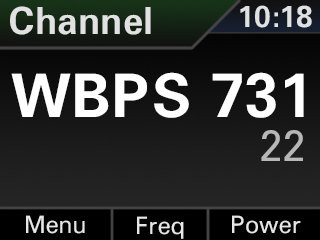
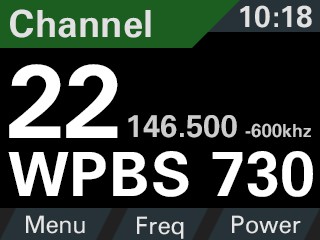
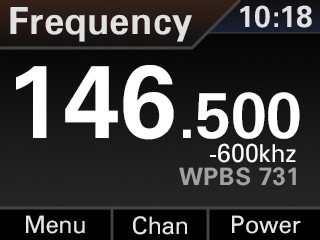 New:
New: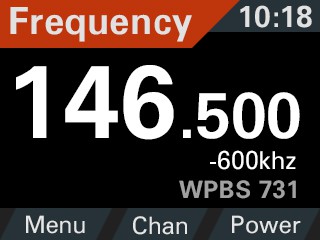
 Yep, that guy. From browsing around forums and reference sites it seems the venerable RJ45 plug is one of the more common types of plugs for mobile radio microphones. But of course, we can't expect companies to agree on one standard pinout for it though, right? Yes, it seems each microphone from each company uses its own special pinout.
Yep, that guy. From browsing around forums and reference sites it seems the venerable RJ45 plug is one of the more common types of plugs for mobile radio microphones. But of course, we can't expect companies to agree on one standard pinout for it though, right? Yes, it seems each microphone from each company uses its own special pinout.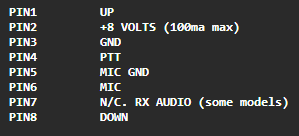
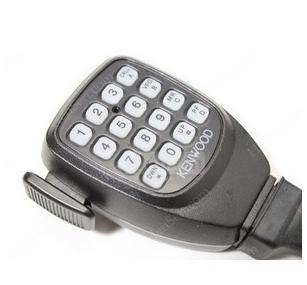
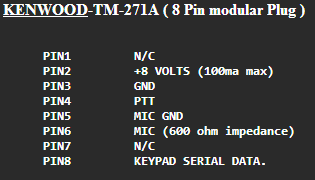 The devil is in the details. You can see above that Pin 8 is used for keypad serial data, however there's no documentation as to what kind of communication there is between the microphone and the radio itself. I don't have one of these microphones, or a logic analyzer for that matter, so unless there's more information out there about this serial line it looks like entering frequencies will have to be done by hand.
The devil is in the details. You can see above that Pin 8 is used for keypad serial data, however there's no documentation as to what kind of communication there is between the microphone and the radio itself. I don't have one of these microphones, or a logic analyzer for that matter, so unless there's more information out there about this serial line it looks like entering frequencies will have to be done by hand.